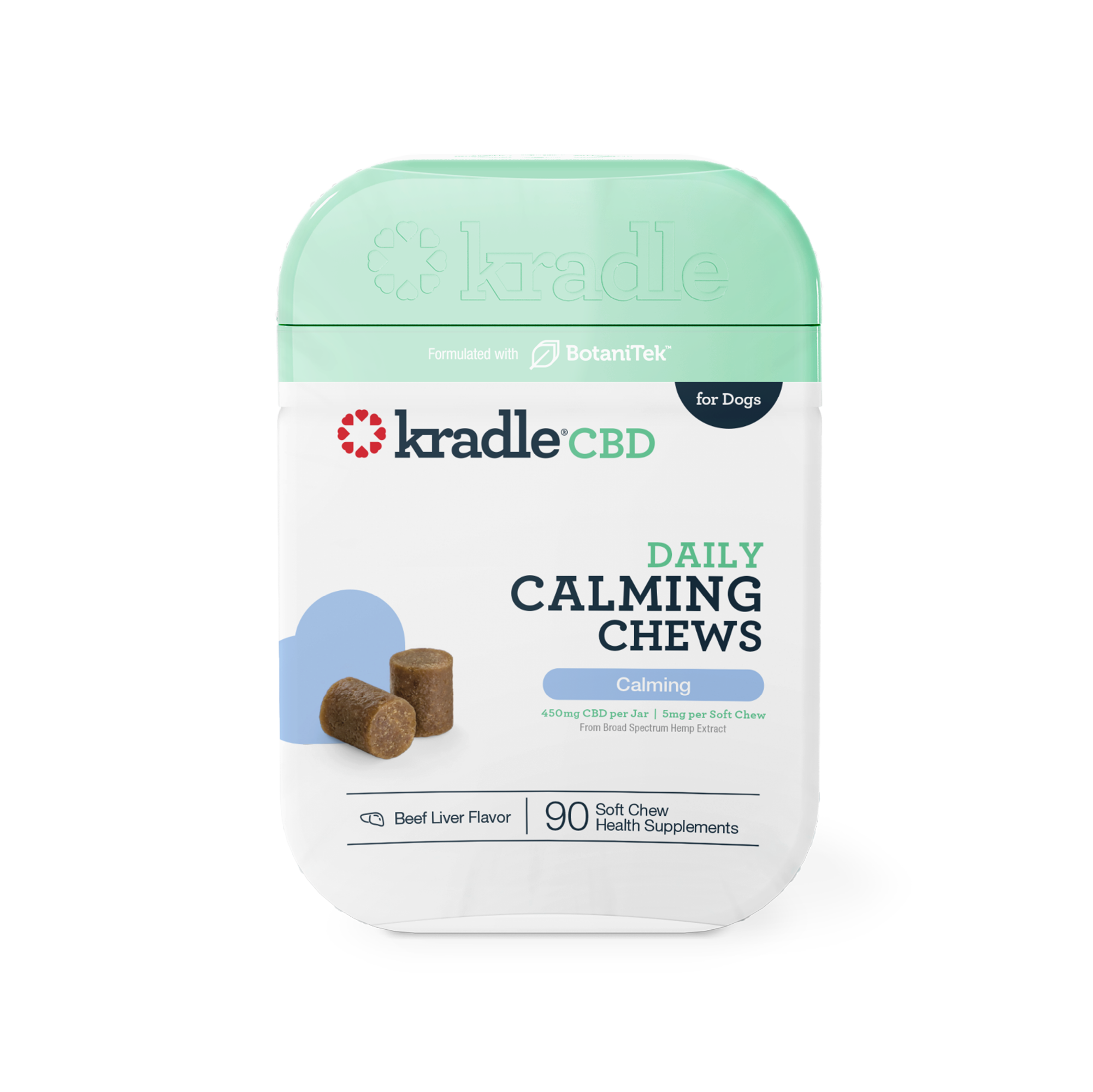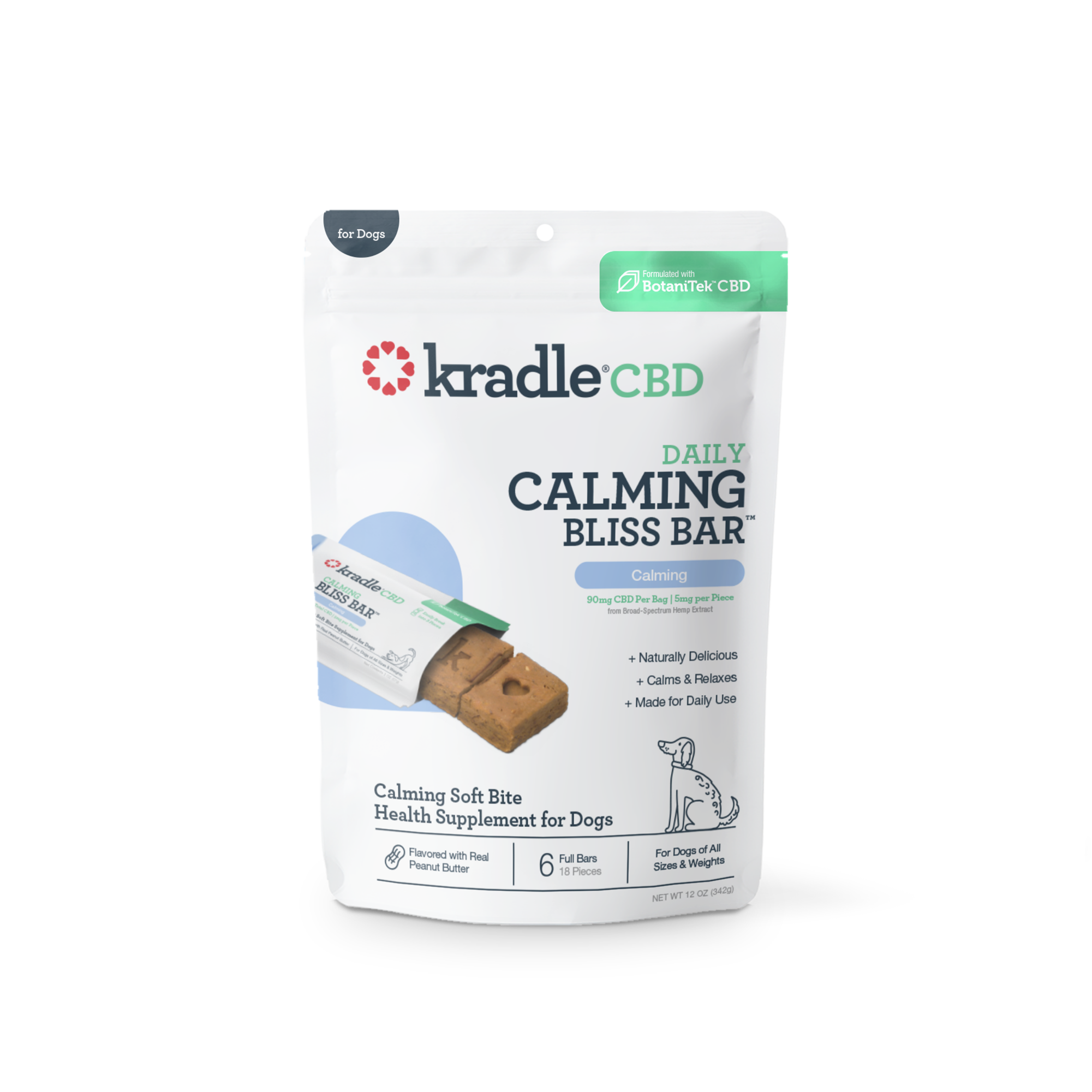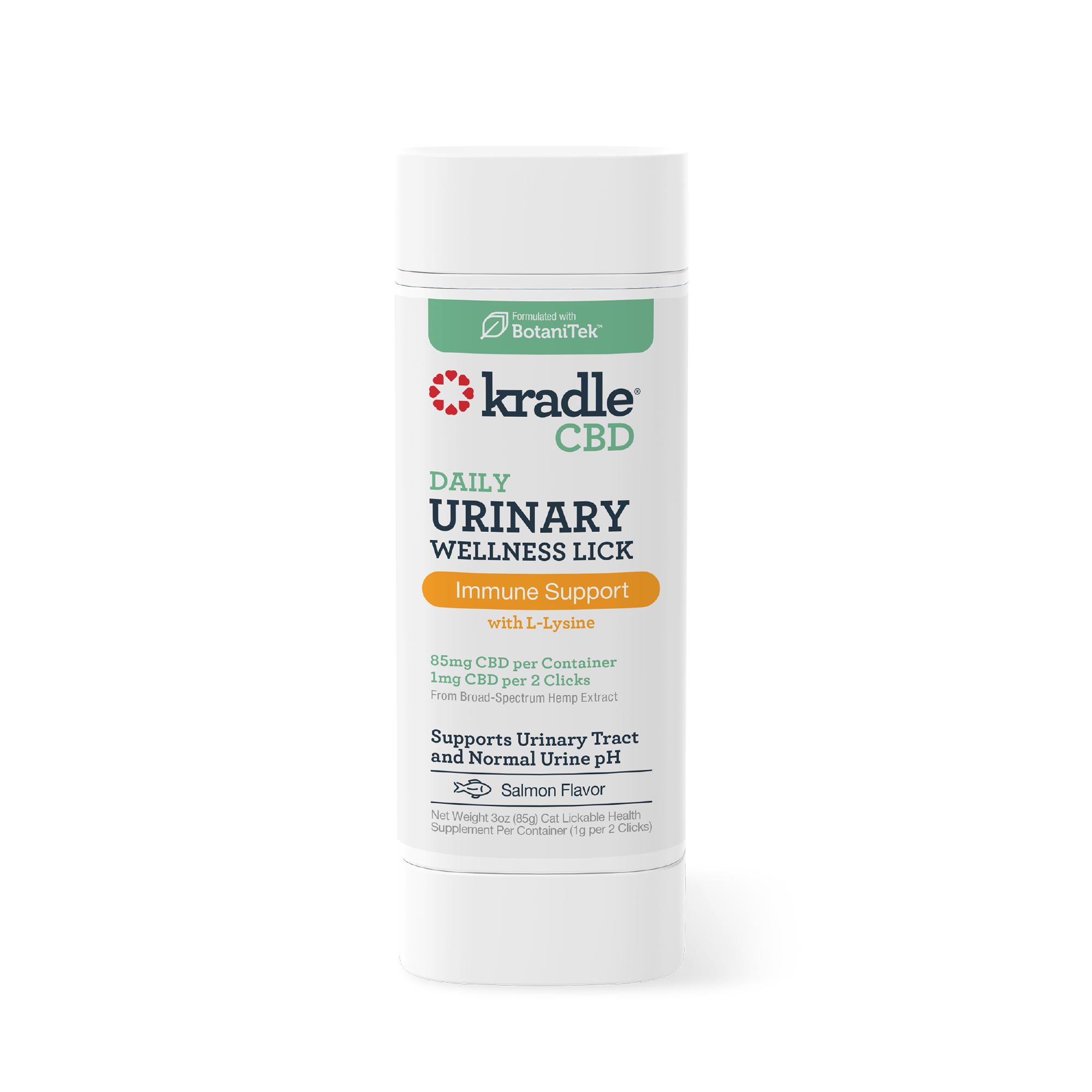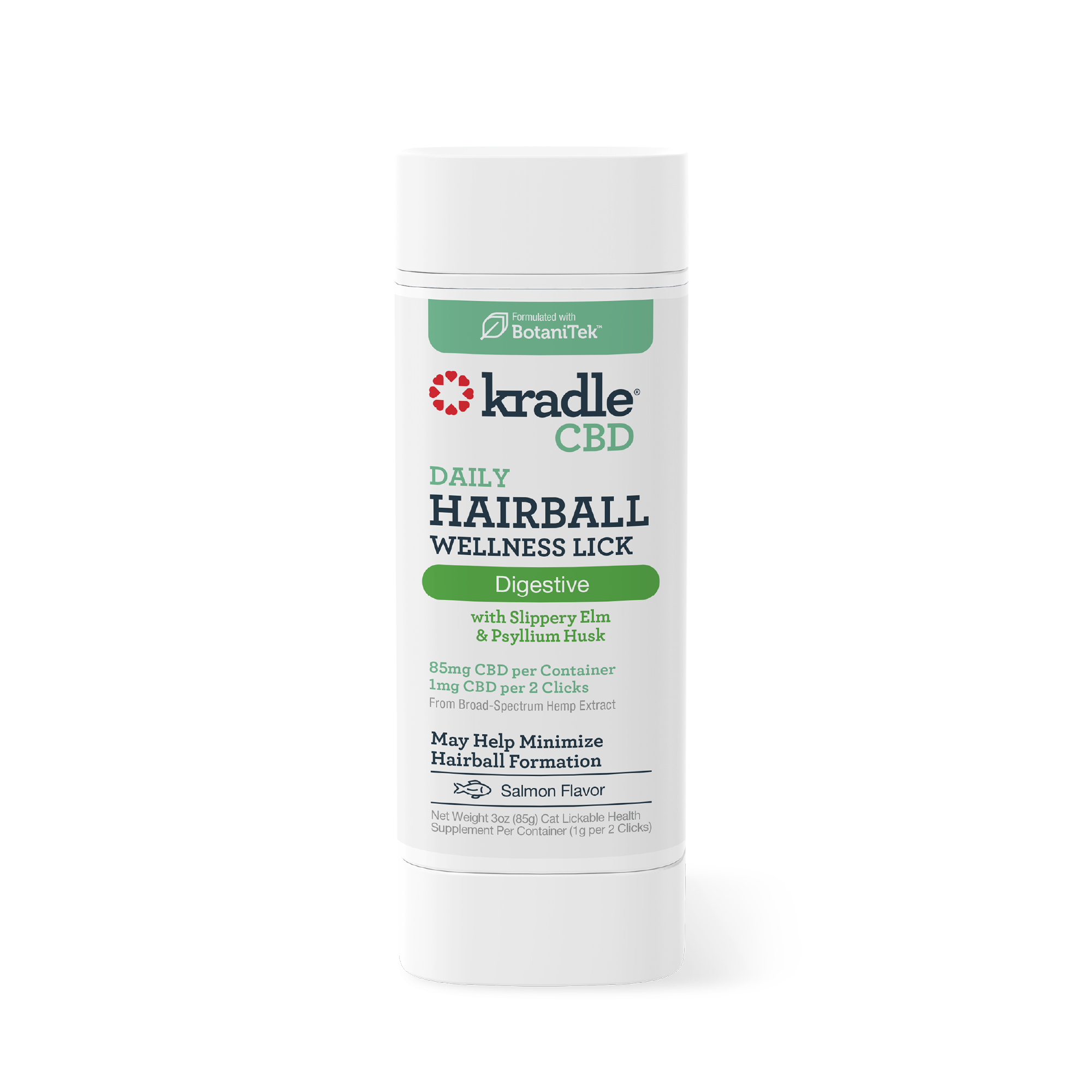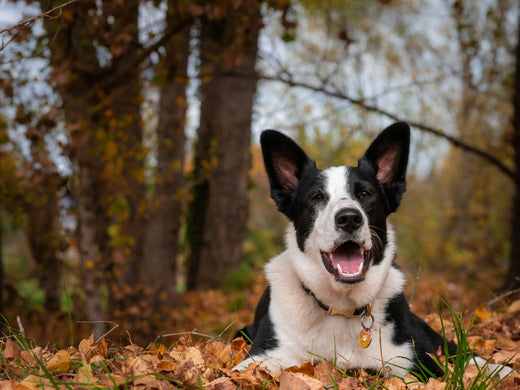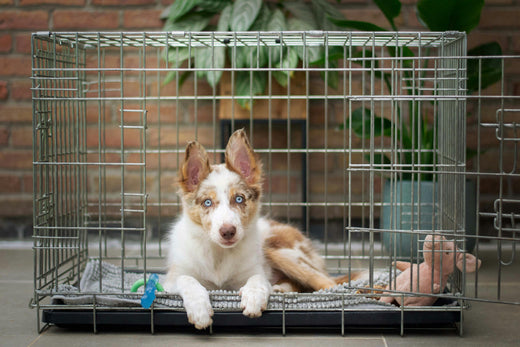
How to Crate Train Your Anxious Dog
If your dog suffers from separation anxiety, you know all too well the stress and guilt that leaving home to go to work, handle the grocery shopping or visit family and friends can cause. A common problem, separation anxiety can occur in dogs of all ages, but there are ways that you can help your anxious pooch overcome it. In fact, dog crate training can make a big difference. This guide will introduce you to how to crate train a dog with separation anxiety, share crate training tips for success and discuss other methods for soothing anxiety, such as giving your dog calming products like CBD.
What is Crate Training?
Before getting into how to crate train a puppy or how to crate train an older dog with separation anxiety, let's take a step back and discuss what crate training is and isn't. Crate training is the process of gradually introducing your dog to an enclosed space, such as a crate or cage. The purpose is to give them a safe, secure place to retreat to when they're feeling anxious or stressed.
Crate training isn't intended to be a punishment, and it's not cruel to dogs. In fact, crate training may actually align with dogs' natural instincts. As relatives of wolves who often prefer to live in caves, dogs often crave an enclosed den-like space.
How Crate Training Can Help a Dog's Anxiousness
Because it taps into a dog's innate instincts, crate training can be an excellent way to support an anxious dog. Once your pup becomes accustomed to their crate, they will tend to view it as a safe space. In fact, many crate-trained dogs will voluntarily head to their crates when they're feeling afraid or overstimulated as a way to self soothe. Over time, crate training can gradually reduce anxiety by making dogs more confident and more resilient in the face of all types of stress, including separation from you.
Tips on How to Crate Train Your Dog
To start crate-training, follow these steps and tips.
Getting Started
The first step to crate training is to get your crate ready. Size is one of the most important factors to consider when selecting a crate. Ideally, a crate should be big enough that your dog can turn around and stretch out inside, but not so large that it feels overwhelming. Manufacturers typically list weight and height recommendations to guide you as you compare crates.
Once you have your crate, decide where you'll place it. The bedroom or living room are two popular options, but you can choose anywhere that is quiet and temperature-controlled. After you've positioned your crate, make it a welcoming space by filling it with soft bedding and some new toys for your dog.
Steps for Crate Training
Crate training is a gradual process that usually begins with these steps:
- Keep the door to the crate open and allow your dog to start exploring it naturally.
- When they go inside, leave the door open and offer treats and praise when they come out.
- After your dog has willingly gone inside the crate on their own several times, close the door behind them the next time they go inside. Stay with them while they're in there initially and then try leaving the room for 5 or 10 minutes. As before, offer praise and treats when you open the door.
- Gradually extend the length of the time spent in the crate in 10 to 15 minute intervals. Continue until your dog is comfortable being in the crate for long periods.
Common Pitfalls to Avoid
When crate training, knowing what not to do is as important as understanding what steps to take. To support successful results, avoid these common pitfalls:
- Never use the crate as a punishment. You want your dog to only associate the crate with positive things.
- Don't force your dog into the crate. Allow them to go in willingly, so that they feel control of the situation.
- Don't ignore your dog's reactions. Signs of distress, such as excessive barking or licking, pacing or howling are an indication that you should end the crate training session.
- Don't rush your dog. It will take time for your pooch to adapt to the crate, so be as patient as possible. Avoid increasing the duration of crate time until your dog is able to remain calm and relaxed throughout the entire period.
How Kradle Can Help
Whether you're seeking to learn how to crate train a puppy or how to crate train an older dog, Kradle is here to help. We offer a wide range of calming solutions developed specifically with the needs of anxious dogs in mind.
Our Bliss Bar Soft Bites, Chillers Relaxing Hard Chews and other products help dogs maintain a normal disposition and better cope with external stresses through calming CBD and our BotaniTek blend of natural ingredients. You can add giving your dog Kradle products a part of your dog or puppy crate training schedule to support calmness and relaxation during the early stages of the crate training process.
Get Crate Training Underway
Crate training can be a great way to help dogs with separation anxiety feel calmer when you're away from home. Keep the above tips in mind as you begin crate training and ask your vet for more advice on how to crate train an adult dog or puppy. As you prepare to get crate training underway, shop Kradle to find calming products that may assist with the process. And remember–each dog is different, so observe your dog's responses and try different strategies to discover what works best for your pet.

